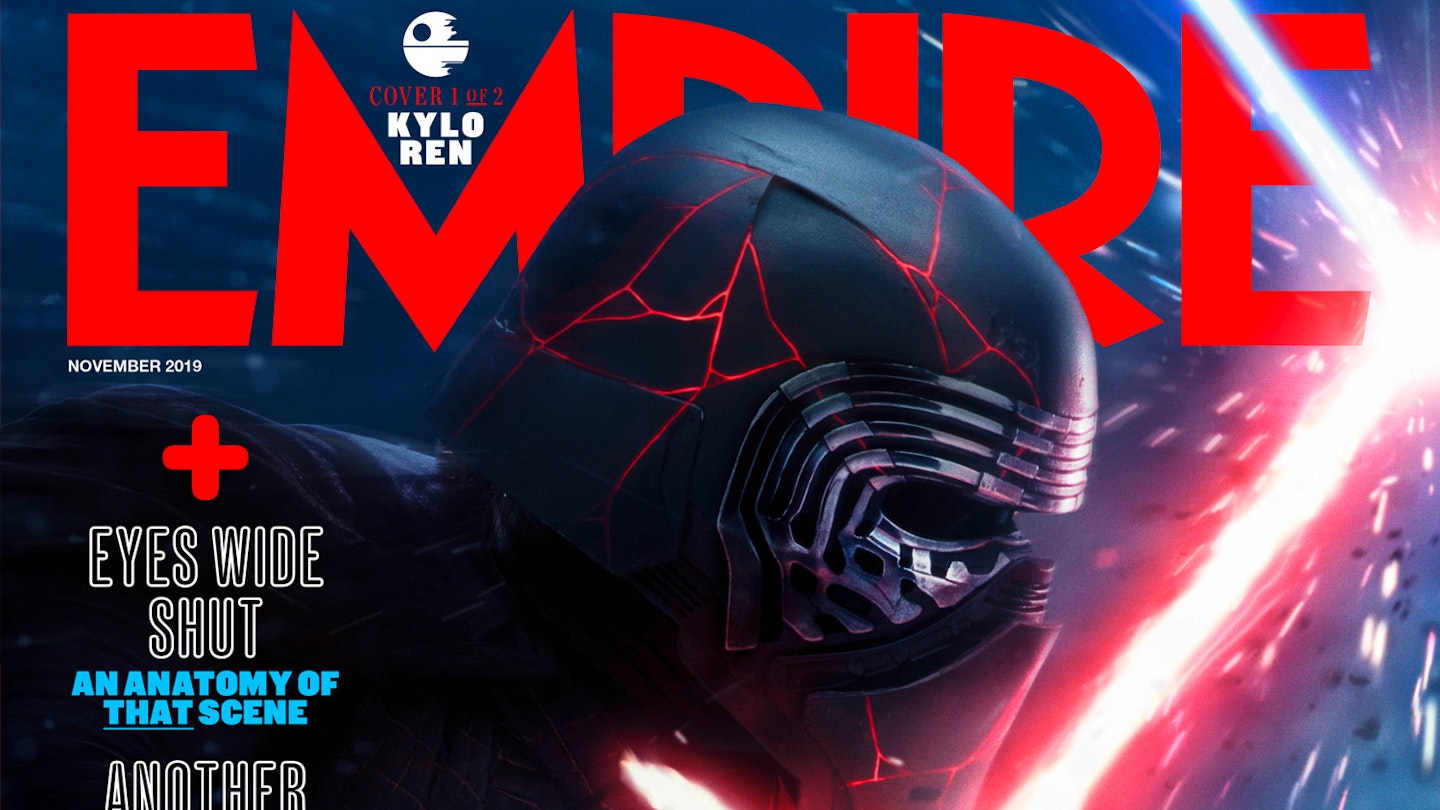As an epilogue to the career of Stanley Kubrick, who died aged 70, within days of delivering the finished film, Eyes Wide Shut is just about perfect in that it is unmistakably, definitely Kubrickian. Some will take that 'correctly' to mean it is intellectually intent, fastidiously crafted, directorially commanding and endlessly intriguing. Others, just as correctly, can read that as maddeningly portentous, laborious and remote.
Be aware that the film has been poorly served by advance speculation (most of the widely reported plot titbits prove wrong) and the overexposure of the juicy Tom and Nicole snog clip, an outrageous bit of trailer foreplay unconsummated in the event and giving the entirely erroneous impression that this film is a non-stop bonkfest. Naturally audiences obligingly stampeded first showings in the USA. Just as naturally, the box office tailed off noticeably as soon as word got round that Cruise doesn't actually get his kit off (although Kidman does, often), in what is not so much an erotic drama as a psychological probing of marriage, desire, jealousy and sexual paranoia. Adapted from Arthur Schnitzler's heavy Dream Story, this is about the reality of sexual love versus its illusions.
William Harford (Cruise), is a successful Manhattan doctor with a swank apartment, wealthy, demanding patients (including Sydney Pollack), and a lovely wife and child. Wife Alice (Kidman) ran an art gallery that went broke, leaving her too much time to get tipsy at parties, high on recreational pot and petulantly confrontational about a marriage that looks pretty enviable to mortal couples.
Aggrieved at being taken for granted, she picks a fight with her confident, comfortable husband, dropping a bombshell that rattles his security and sends him off into the night. In his subsequent dreamlike odyssey, he encounters a patient's daughter with a sad fixation to confide, a jazz musician with a bizarre story to tell, a costume hire shop where absurd nastiness goes on behind the racks, a streetwalker with whom he is at a loss... All these things persuade Harford that everyone is having it off except him, while he's haunted by graphic images of his wife in flagrante.
The central set piece in his dissociative wanderings through this sinister world of secrets and sexual tension - where every location is ironically set off by a garish Christmas tree - is a mysterious, ritualistic gathering of masked swingers. The orgying (childishly 'digitally amended' in the USA to obscure close encounters of the pelvic kind) is explicit, but more theatrical than kinky, and in keeping with Schnitzler's perception of sexual adventure as a melancholy, hollow experience. The 'party' is both pretentiously bizarre and the single most striking sequence in the entire film, simultaneously evoking dream, pretence and illusion as remarkably vivid.
Cruise, as usual, has been grossly underestimated in the early American reviews, with honours going to Kidman, whose character's disaffection gives her the opportunity for some showy rants. But it is Cruise, who is in virtually every scene, who lends the film an essential humanity. His palpably wounded male pride, pain and vulnerable bewilderment keep you connected to what is otherwise, a cold, humourless, despairingly cynical (and thus typically Kubrickian) observation of human relationships.

